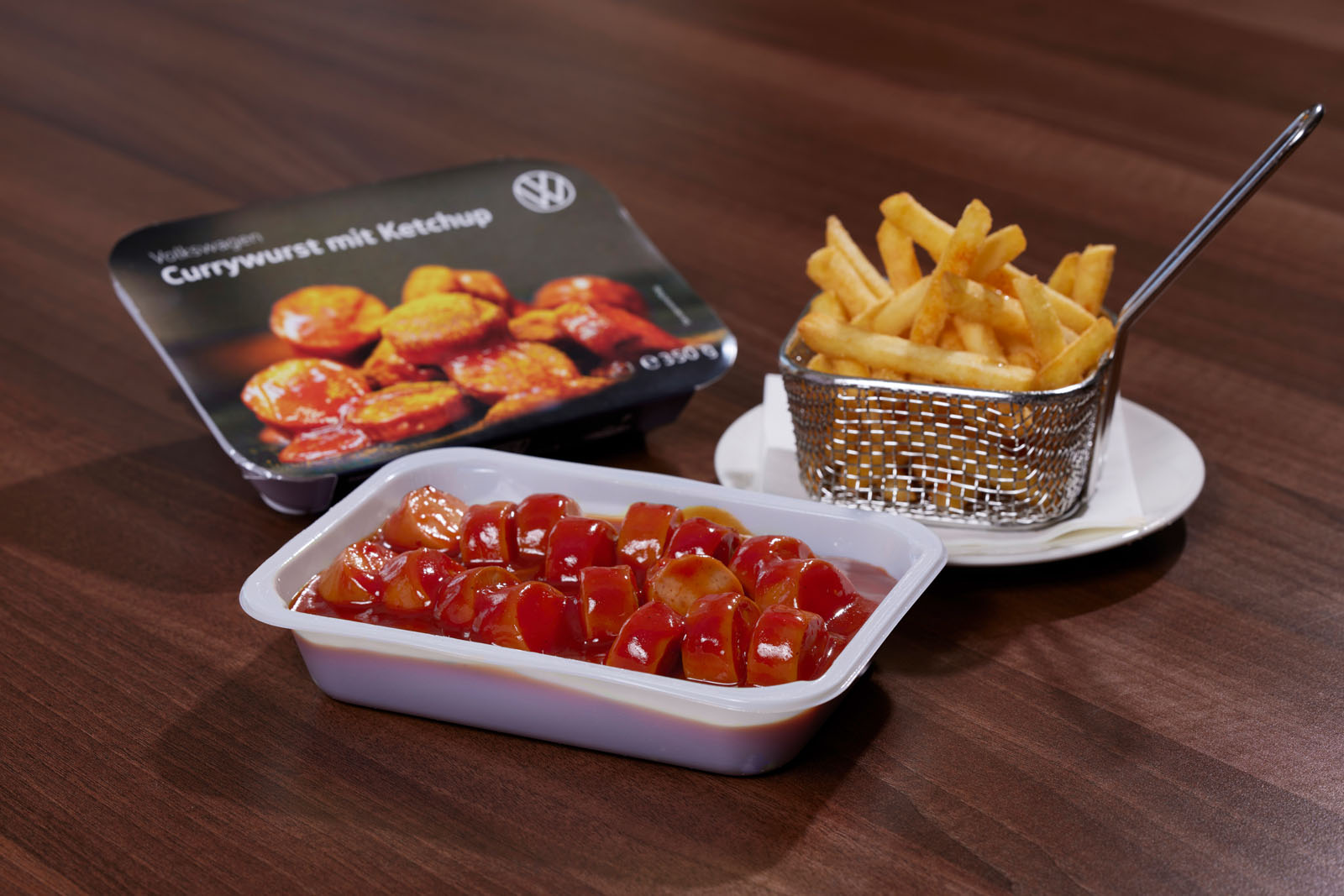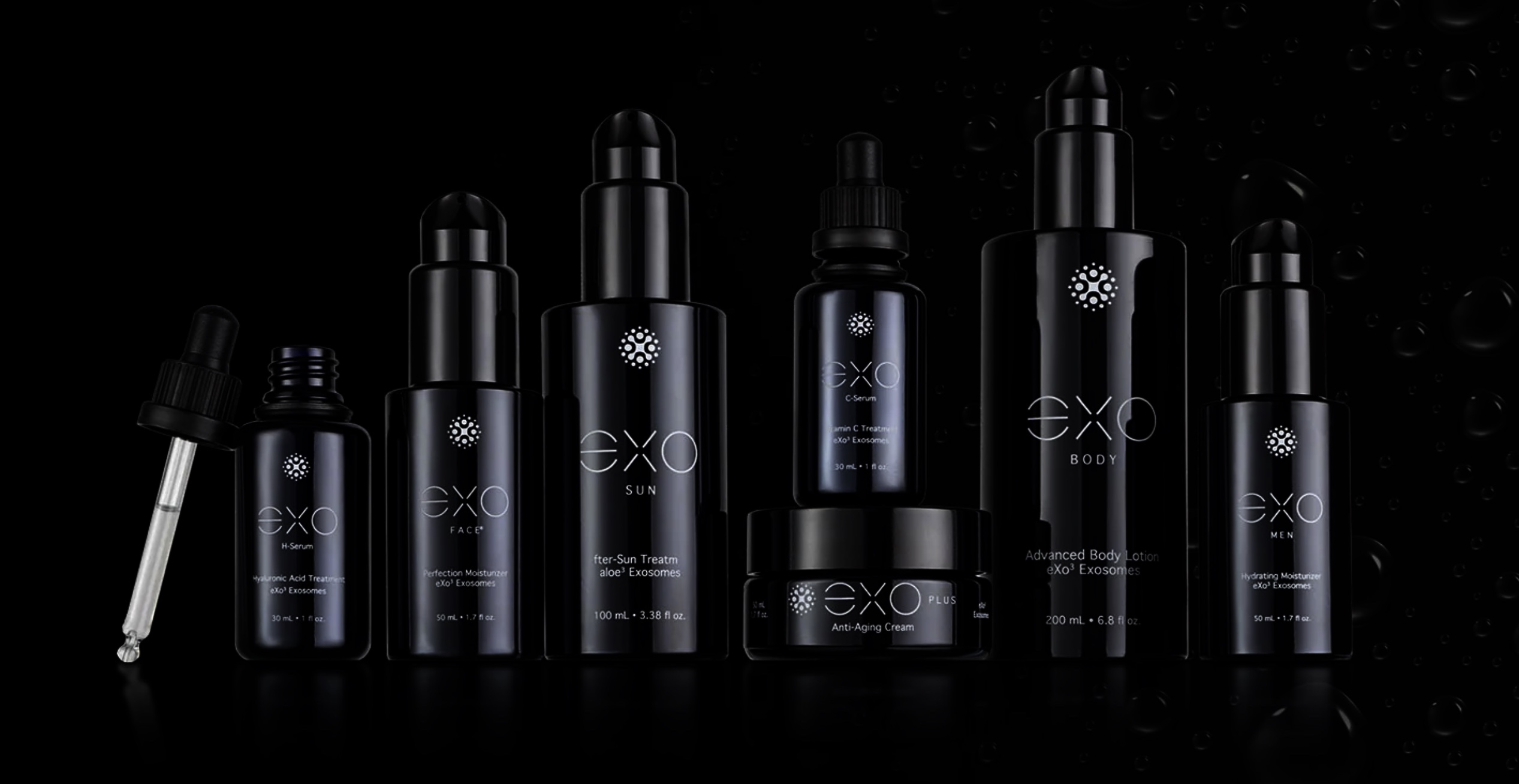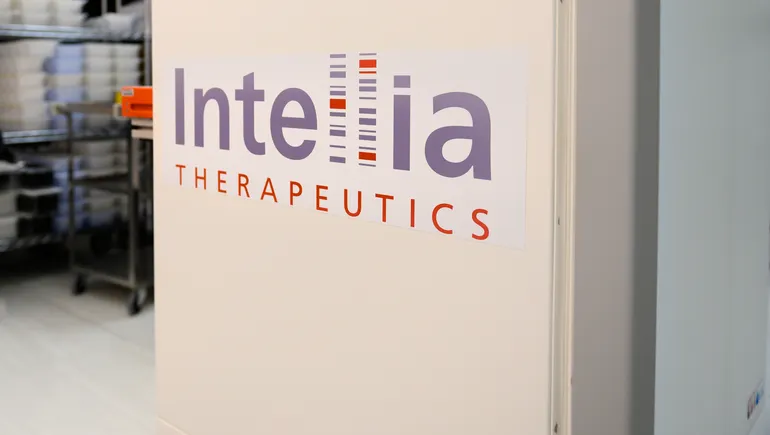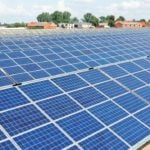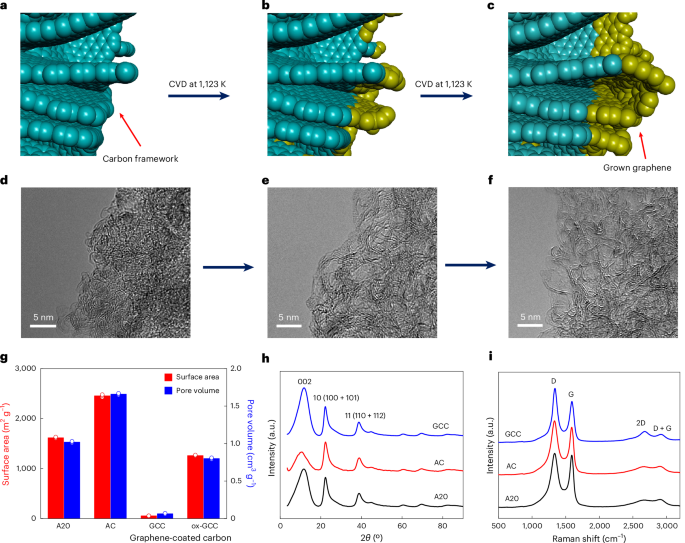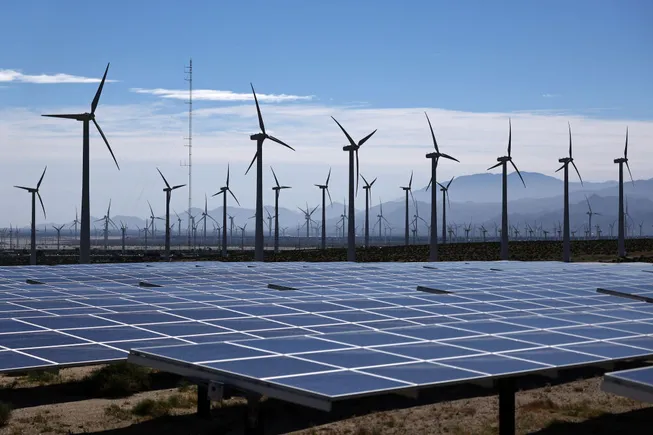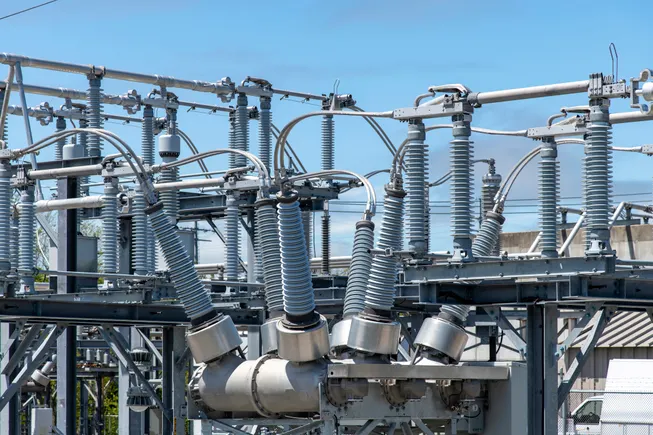Cu‐Driven Active Cu2Se@MXene Heterointerface Reconstruction and Co Electron Reservoir Toward Superior Sodium Storage
Advanced Energy Materials, Volume 15, Issue 20, May 27, 2025.

The electrochemically reconstructed active Cu2Se@MXene heterostructure with abundant heterointerfaces exhibits enhanced Na+ adsorption and diffusion kinetics, as well as structural robustness. Additionally, the Co element serves as an electron reservoir, further accelerating the redox process of Cu2Se. This will provide new insights and guidance for the development of advanced conversion-type anodes for sodium-ion batteries.
Abstract
Heterostructure engineering and active component reconstruction are effective strategies for efficient and rapid charge storage in advanced sodium-ion batteries (SIBs). Herein, sandwich-type CoSe2@MXene composites are used as a model to reconstruct new active Cu2Se@MXene heterostructures by in situ electrochemical driving. The MXene core provides interconnected pathways for electron and ion conduction, while also buffering volumetric expansion to stabilize the structure. This reconstructed Cu2Se@MXene heterointerface features abundant sodium storage active sites, enhanced Na+ adsorption, and diffusion kinetics, thus increasing sodium storage capacity. Moreover, the elevated Co valence state during the discharge process allows it to act as an electron reservoir to provide additional electron supply for Cu2Se conversion and accelerate the sodium storage kinetics. When employed as an anode in SIBs, the CoSe2@MXene electrode exhibits high capacity (694 mAh g−1 at 0.1 A g−1), excellent rate performance (425 mAh g−1 at 20 A g−1), and exceptional durability (437 mAh g−1 after 10 000 cycles at 5 A g−1 with a 0.0014% capacity decay per cycle). The electrochemical reconstruction and sodium storage mechanism of Cu2Se@MXene anode is further revealed through ex situ characterization and theoretical calculations. This work provides a new approach for designing advanced conversion-type anodes for SIBs.















